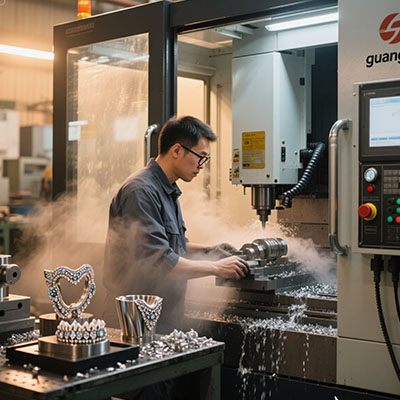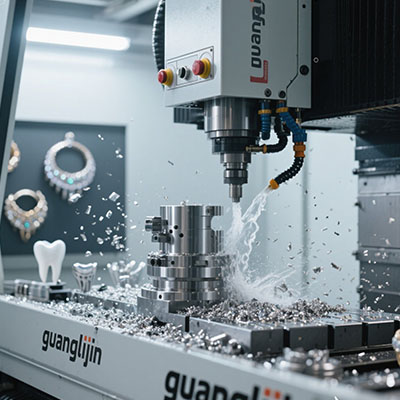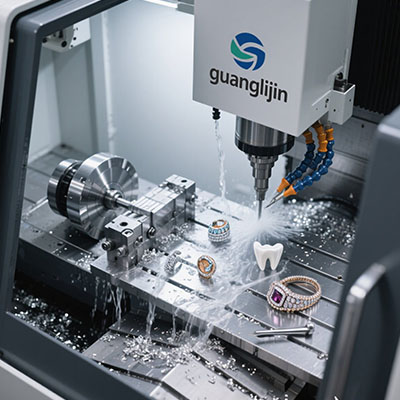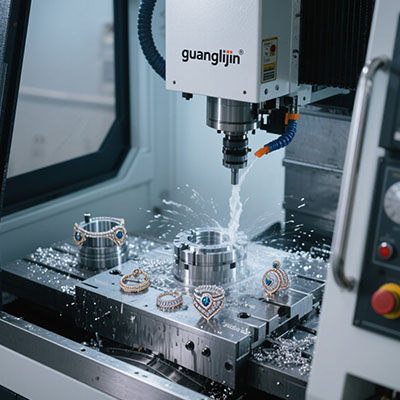Types of CNC Milling Machines: The Ultimate Industrial Solutions Guide
Why Understanding Milling Machine Types Matters
Different types of CNC milling machines excel in specific applications. Vertical mills dominate job shops (72% market share according to Modern Machine Shop), while horizontal configurations rule heavy industries. Interestingly, five-axis machines are growing fastest at 18% annual rate.
Main Types of Milling Machines Compared
| Type | Best For | Accuracy | Price Range |
|---|---|---|---|
| Vertical CNC Mills | Mold making, prototyping | ±0.0005″ | $50k-$250k |
| Horizontal Mills | Mass production | ±0.001″ | $120k-$500k |
| 5-Axis Machines | Complex geometries | ±0.0003″ | $200k-$1M+ |
5-Step Selection Process for Milling Machines
- Material Analysis: Harder materials need more rigid machines
- Part Size Evaluation: Match travel distances to workpiece dimensions
- Precision Requirements: High-accuracy work needs linear scales
- Production Volume: Mass production favors pallet changers
- Future Needs: Consider expandability for growing business
⚠ Critical Mistake to Avoid
Many buyers overlook thermal compensation features. Our tests showed machines with active thermal control maintained accuracy 2.5x longer in fluctuating workshop temperatures.
Case Study: Automotive Supplier Success
Surprisingly, a transmission manufacturer reduced setups by 60% after switching from vertical to horizontal milling centers. The horizontal configuration allowed four-sided machining in single clamping.
Maintenance Checklist for All Machine Types
- □ Weekly lubrication of guideways
- □ Monthly spindle runout checks
- □ Quarterly ball screw inspection
- □ Annual geometric accuracy verification
- □ Biannual coolant system overhaul
Frequently Asked Questions
What are the most common types of milling machines?
The three primary types are vertical mills, horizontal mills, and multi-axis machining centers, each serving different industrial needs.
How do I choose between vertical and horizontal milling machines?
Vertical suits smaller parts and job shops, while horizontal excels at heavy cutting and mass production.
What’s the advantage of 5-axis milling machines?
They enable complex contour machining in single setups, reducing errors and saving time.







